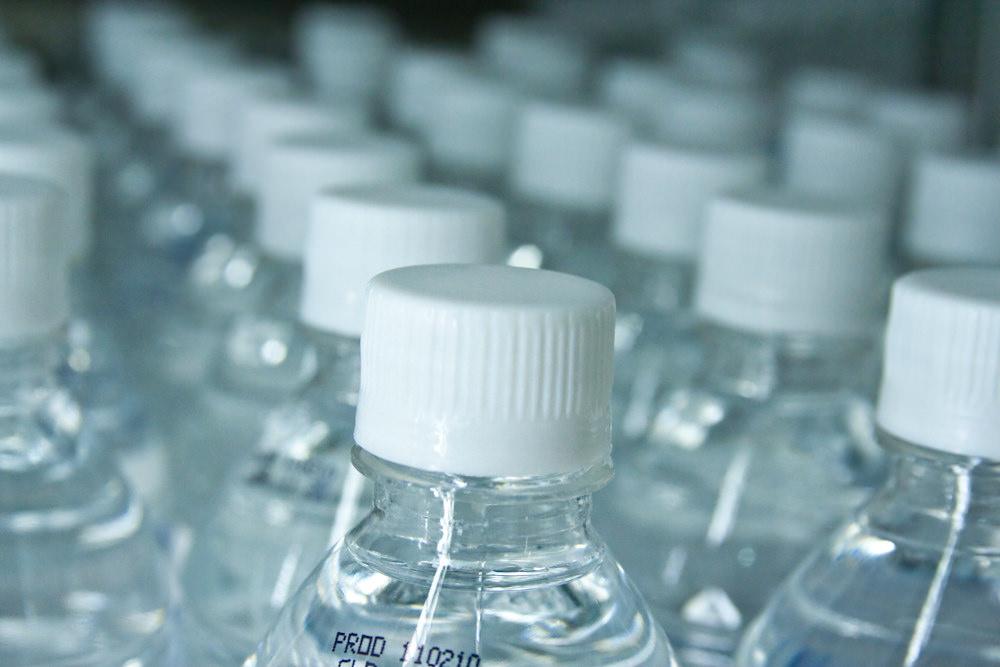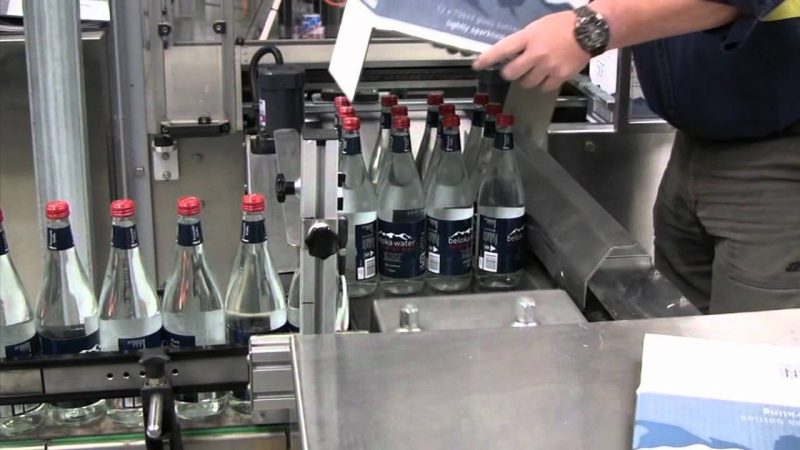What’s better for your drinking water – glass or plastic bottles? Good question. Frequently, it is the glass option for two main reasons – they are better for the environment and healthier to drink from.
The history of plastic bottles
You might not believe it, but before plastic bottles were invented, all bottles were made from glass – even baby bottles. However, because glass bottles can break, plastic bottles were invented to replace them as a perceived ‘safer’ option.
Yet the ‘safeness’ of a plastic water bottle has been debated over recent times. Even from the aspect of a baby bottle – glass baby bottles are actually easier to sterilise than a plastic bottle! And yet few parents would want to give their baby a glass bottle to drink from, for obvious reasons.
The first plastic water bottles were commercially used back in 1947 but weren’t manufactured in large quantities until the 1960s when the high-density polyethylene – a cheaper material – was used to make them.
At first, scientists didn’t realise that plastics can actually be quite unsafe – due to the chemicals they are made up of. Yet over time, we have all come to realise that there are many harmful substances in a plastic water bottle.
As more research is carried out into the makeup of plastic water bottles, it becomes increasingly clear that perhaps we should be steering clear of this type of drinking vessel.
The manufacturing process
Plastic water bottles are made using oil and gas, and because oil is needed, it means drilling and fracking must happen to produce plastic water bottles. This is something you’ve probably never thought of, yet before a plastic water bottle even hits the stores, it has already probably damaged the environment somewhat.
During the manufacturing process, plastic produces harmful CO2 emissions which go into our atmosphere and contribute to global warming.
Glass is made from liquefied sand and other natural materials like limestone and soda ash. Safe to say, these materials also need to be mined, and a quarry is often used to collect the minerals. Because glass is made from natural substances, it doesn’t leach so many harmful emissions into the atmosphere during the manufacturing process, when compared to plastic.

Is glass or plastic better for the environment?
Although glass takes more than a million years to break down, it doesn’t leak dangerous chemicals while it does so, unlike plastic. Glass mineral water bottles are also completely recyclable, whereas less than 10% of plastic ends up being recycled. In comparison, about 80% of glass is reused.
One detrimental effect of glass water bottles is that they are heavy and often need to be shipped long distances to get to their destination, using up energy and creating emissions in the process.
Plastic is lightweight and easy to transport, plus it is not fragile and won’t break on the journey. However, plastic makes up about 4% of all energy consumption in the US alone, meaning it has a huge toll on our environment.
But not all plastic is terrible. Plastic made from polyethylene terephthalate (otherwise known as PET) is completely recyclable and can be reused over and over.
Plastic can have health implications
Plastics can be made from harmful chemicals including BPA, phthalate and PVC, which can end up in your body if you drink out of these types of containers. Some of these chemicals, such as BPA, are linked to cancer, infertility, asthma, diabetes and other health issues.
Aside from the health problems arising from plastic, water drunk from a plastic bottle can also taste different, whereas drinking from a glass vessel is taste-neutral.
Understand what bottle codes mean
If a plastic bottle is your only drinking option, it helps to know what the markings on the bottom of the bottle mean. These numbers are used to determine whether the plastic is recyclable and how many chemicals are in the bottle.
The number system can range from 1 to 7, and in general, the best numbers to use are 1, 2, 4 and 5.
Number 3 contains PVC, 6 is made up of polystyrene and 7 can be a combination of plastics. Number 3 can also consist of BPA. It is best to make sure the plastic doesn’t have BPA at the very least, as the chemicals can certainly be harmful to your health, and especially to your child’s health.

Glass can look more visually appealing and it lasts longer
Have you ever used a plastic water bottle a few times? You probably notice that by the third use it is beginning to look a little tired and battered, depending on the quality of the plastic.
A glass bottle, on the other hand, wears well and doesn’t look old no matter how many times you reuse the container. Sure, a plastic bottle might be cheaper, but if you can only use it once or twice, is it really worth the savings?
Plus, glass is more aesthetically pleasing than a plastic water bottle. Not only does it look better, but it stays cleaner too. Plastic has a porous surface which means it can absorb germs easier than glass’ smooth surface.
Glass bottles are easier to clean too – they can be put into the dishwasher and reused – whereas a plastic bottle can melt at high temperatures meaning they always need to be washed by hand.
Beloka Water bottles
Beloka Water chooses to house its water in glass bottles, and after reading this article it is probably easy to see why. Not only are glass bottles taste neutral, meaning you can truly experience the Beloka water without interruption, but we feel glass gives our beverage a premium element.
Beloka Water is proud to say our water is pure, pristine and untouched. Therefore, glass bottles are the right choice for us. Even though they take more energy to transport, we are pleased they are 100% recyclable and encourage all our customers to put their empty bottles in the recycling bin.
Beloka Water prides itself on using all Australian products and bottling its water at the source.
